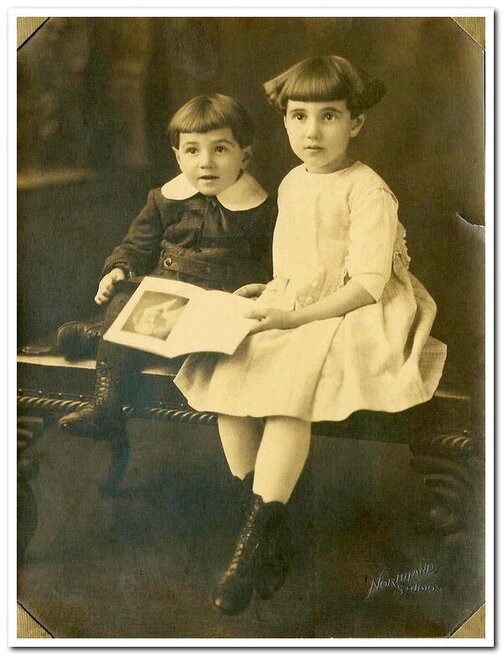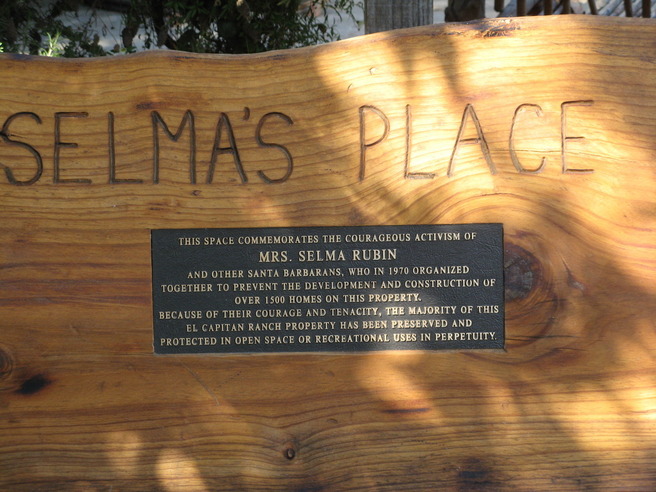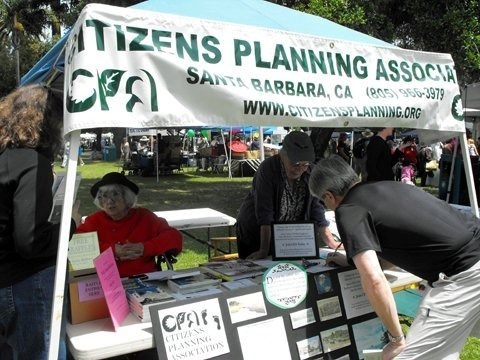Selma's Story
Selma grew up one of three kids in Toledo, Ohio. Her father, a Ukrainian Jew, had immigrated to the United States in 1901. He owned a music store and a string of five-and-dimes. When socialist Eugene Debs ran for president in 1912, Selma’s father enthusiastically supported him. Selma learned the book-keeping skills that would later distinguish her by working in the family businesses. During World War II, she served in the Navy, and afterward moved to Los Angeles with Alex Elber, her first husband. When Elber died in the 1950s, she married Bill Rubin, a gifted engineer who not only designed the water system at Dodger Stadium but designed the iconic Van de Kamp bakery sign.
As a teenager, Selma had vowed never to have children – she wouldn’t have been a good mother, she claimed. Instead, she and Bill threw themselves into political activism with un-distracted focus. Selma and Bill were extremely involved with the ACLU, which during the anti-communist heyday of the 1950s was seen as nothing less than subversive. They jumped feet first into the civil rights struggles. And, at a time when the only debate about “Red” China was whether to drop the atom-bomb on it or not, Selma and Bill were demanding the United States extend communist China full diplomatic relations. (When President Richard Nixon established relations with China in the 1970s, Bill and Selma would be among the first Americans invited to visit.)
By 1964, Bill’s health was deteriorating. His lungs couldn’t handle the smog, so the couple moved to Santa Barbara. The idea was to give politics a rest. “Just relax, pretend we’re on vacation,” Selma explained. Three weeks after the Rubins moved to town, a black couple stopped by for an overnight visit. Their arrival was noted by the driver of a pick-up truck, who slowed down to conspicuously rubber-neck as the couple unpacked their bags in front of the Rubin’s home. A few days later, the Rubins woke up to discover every tire on their two cars slashed. Selma looked at Bill. Bill looked at Selma. “Vacation’s over,” they both agreed.
Bill Rubin would die after a long, cruel struggle with Alzheimer’s that robbed him of the brilliant intellect that won Selma over on their second date. Instead of his retreating into an isolated convalescence, Selma took Bill, prone to wandering, with her everywhere. Alzheimer’s would be a new cause, one which united her with the likes of Nancy Reagan, and she never stopped. Two years ago, Selma was presented a lifetime “Endurance Award” by Get Oil Out at the organization’s 40th anniversary celebration. (She almost didn’t get it. The presentation was delayed till nearly midnight after Goleta City Council member Ed Easton fainted and an ambulance was called.) Selma was asked at the podium the secret of her long career. Grabbing the mic, she boiled it down to two simple words. “Stay active,” she said, and then sat down.




